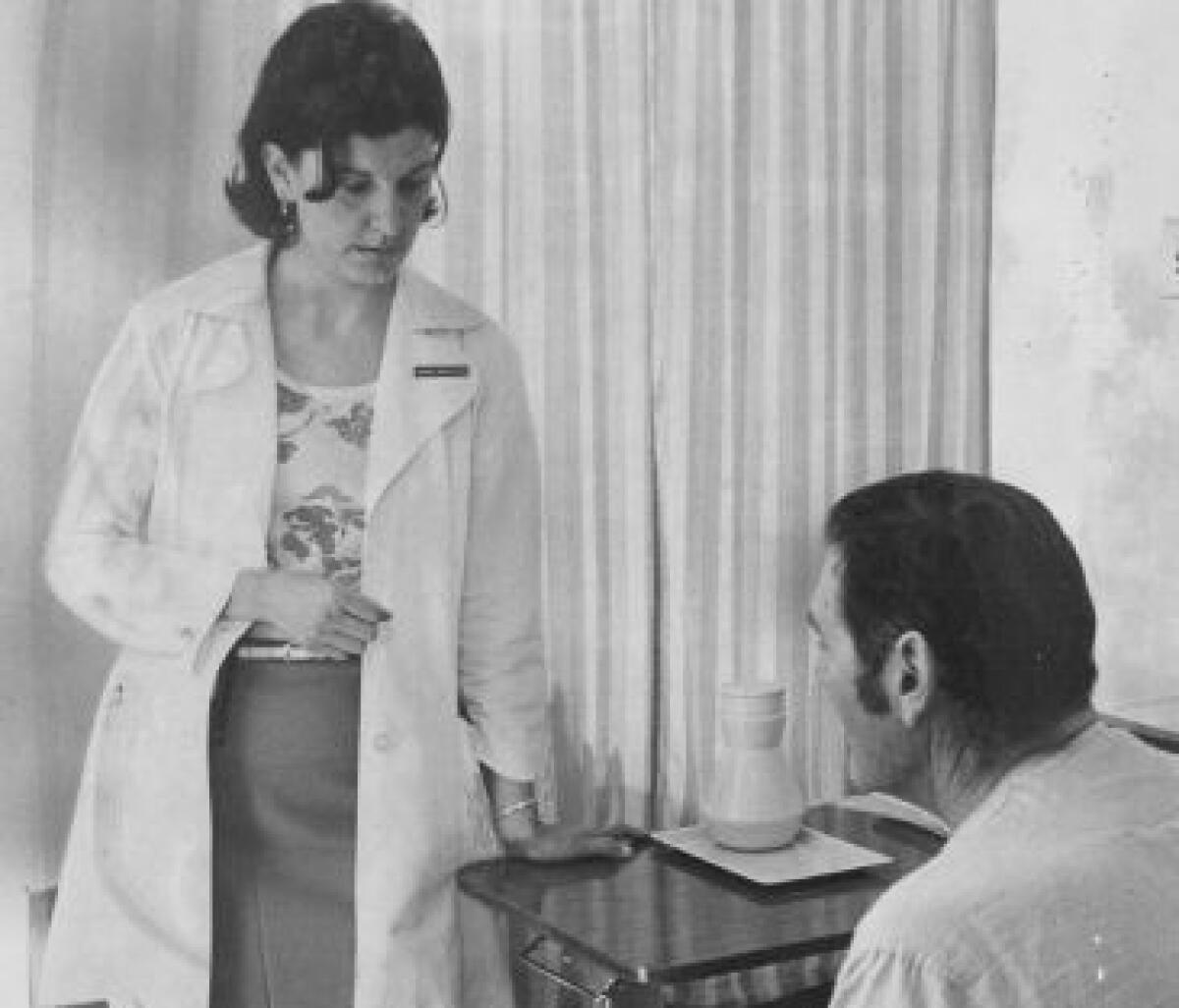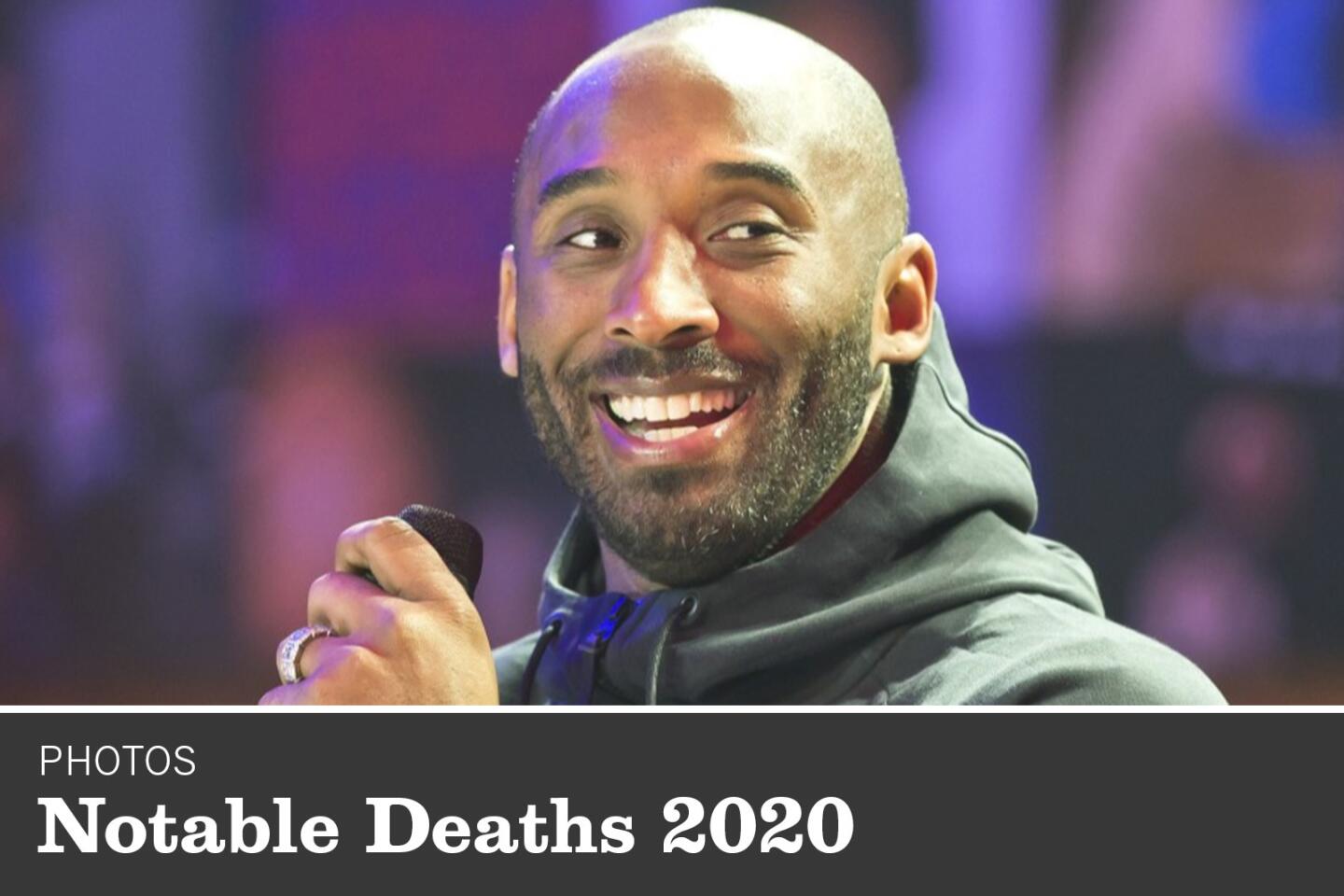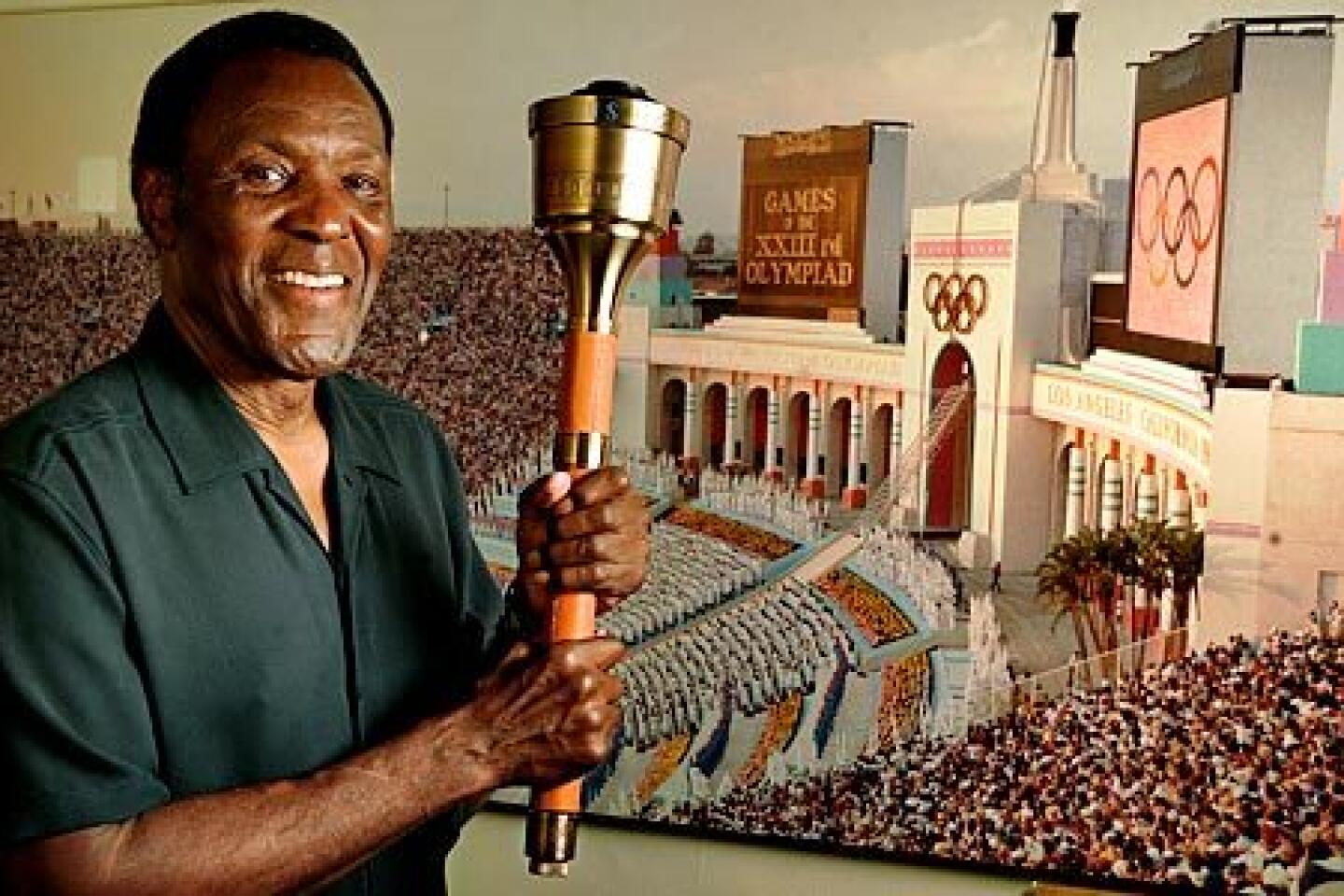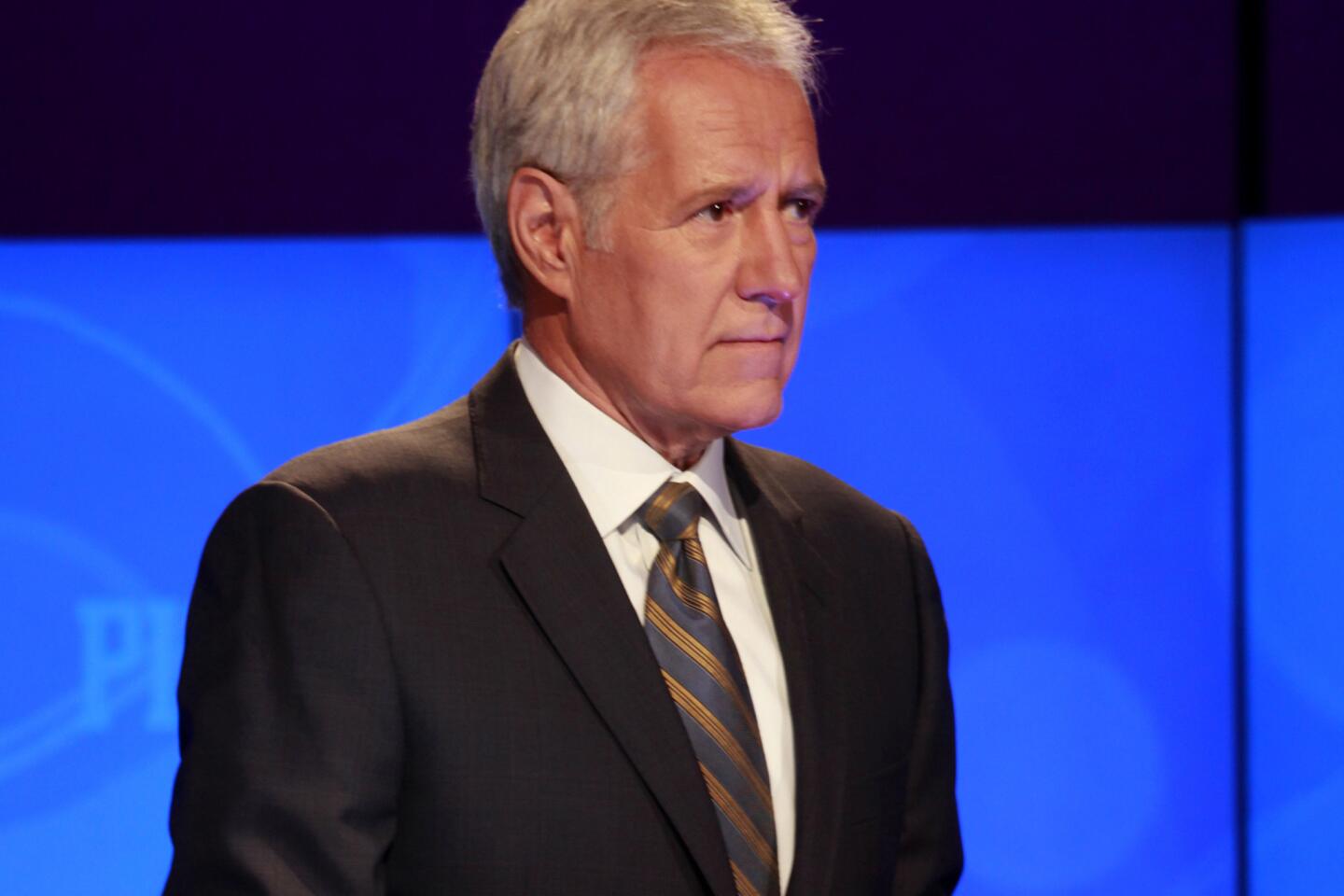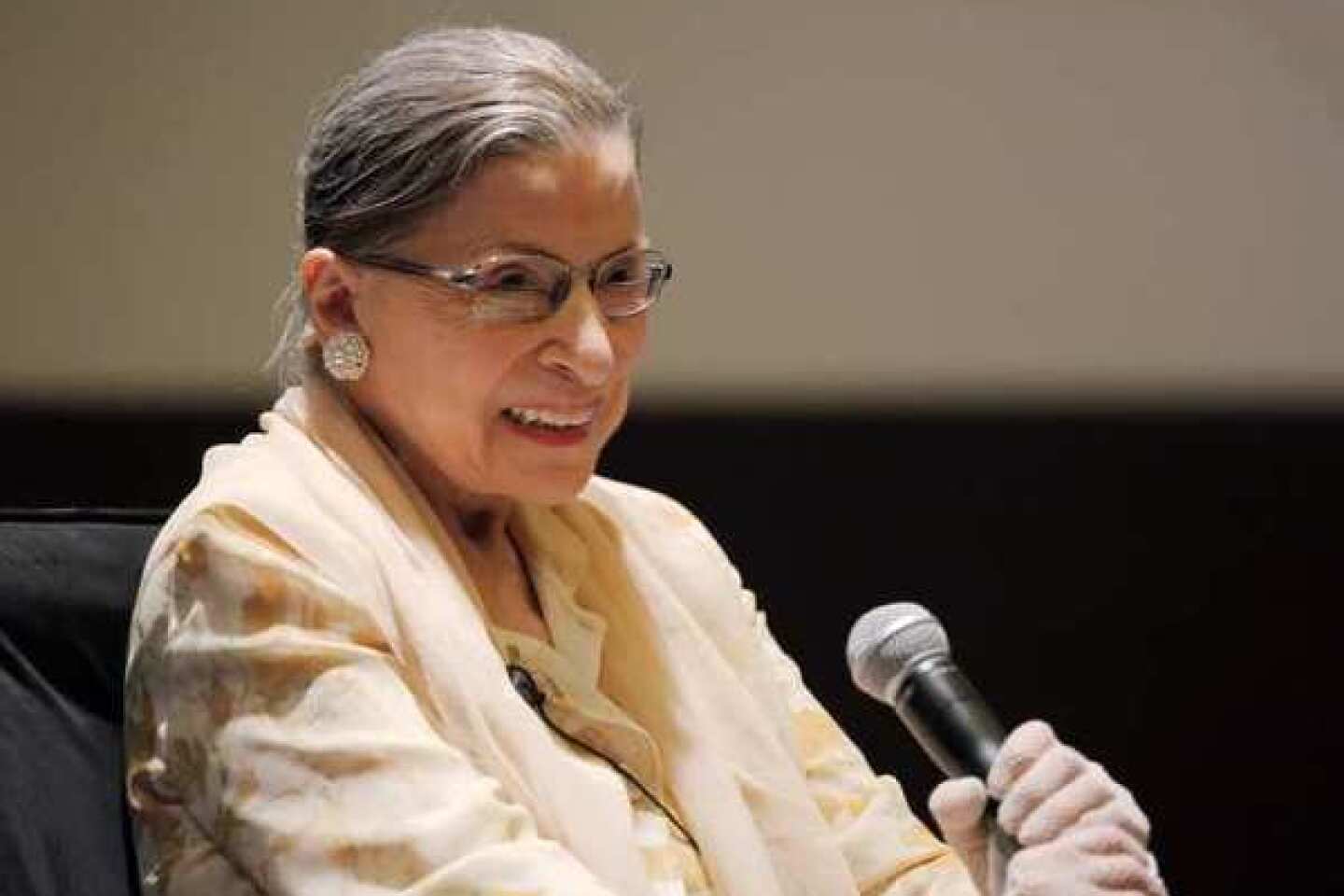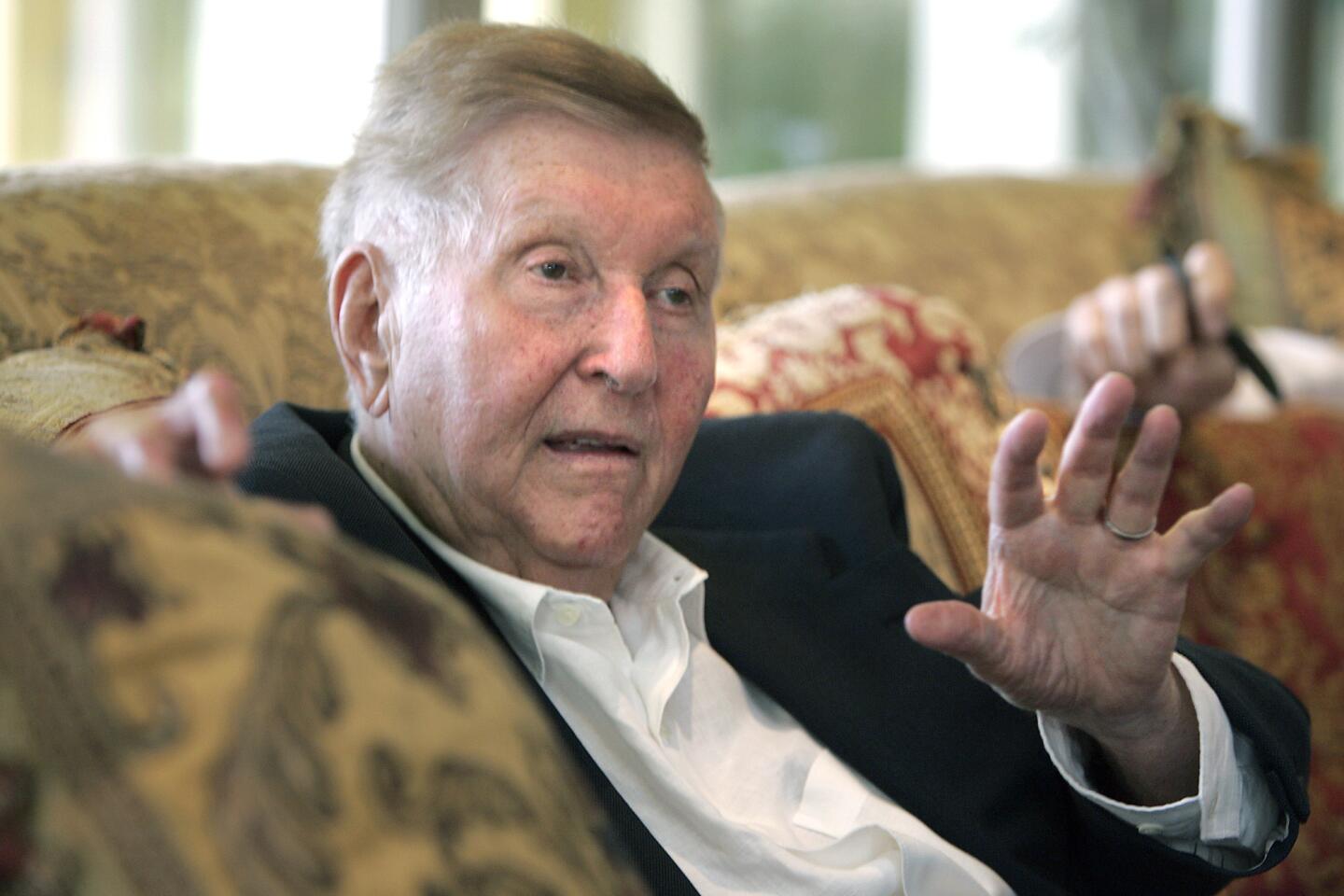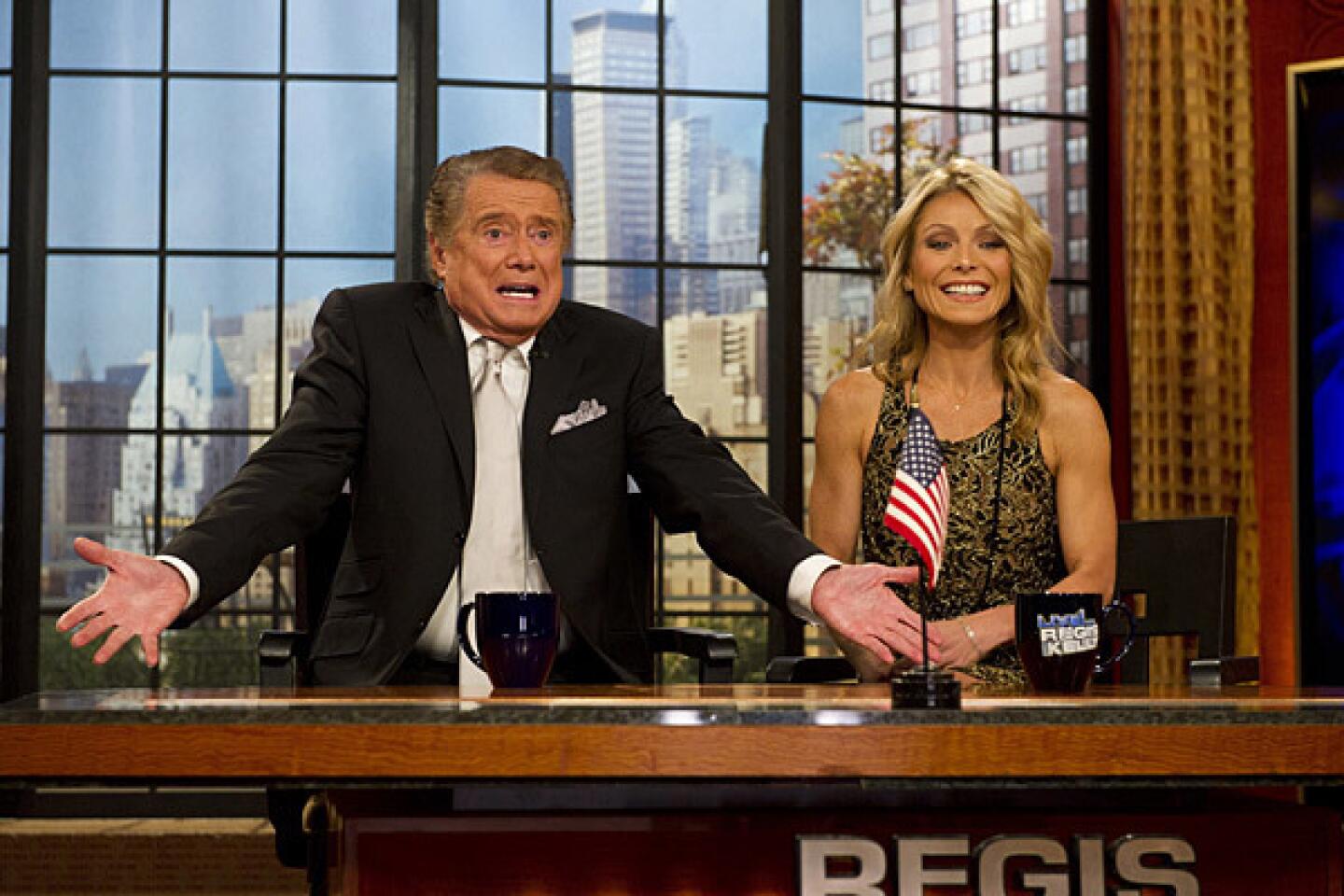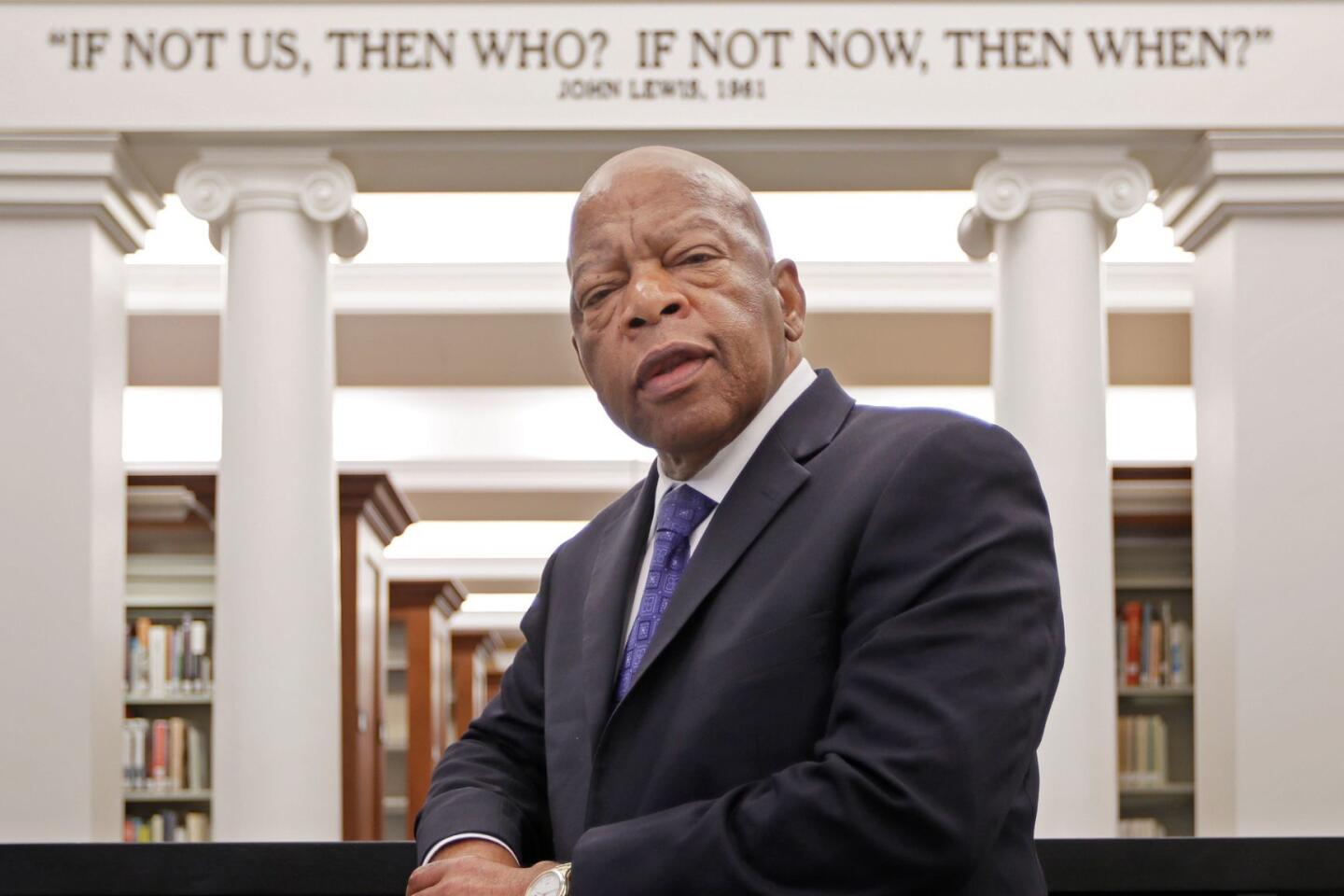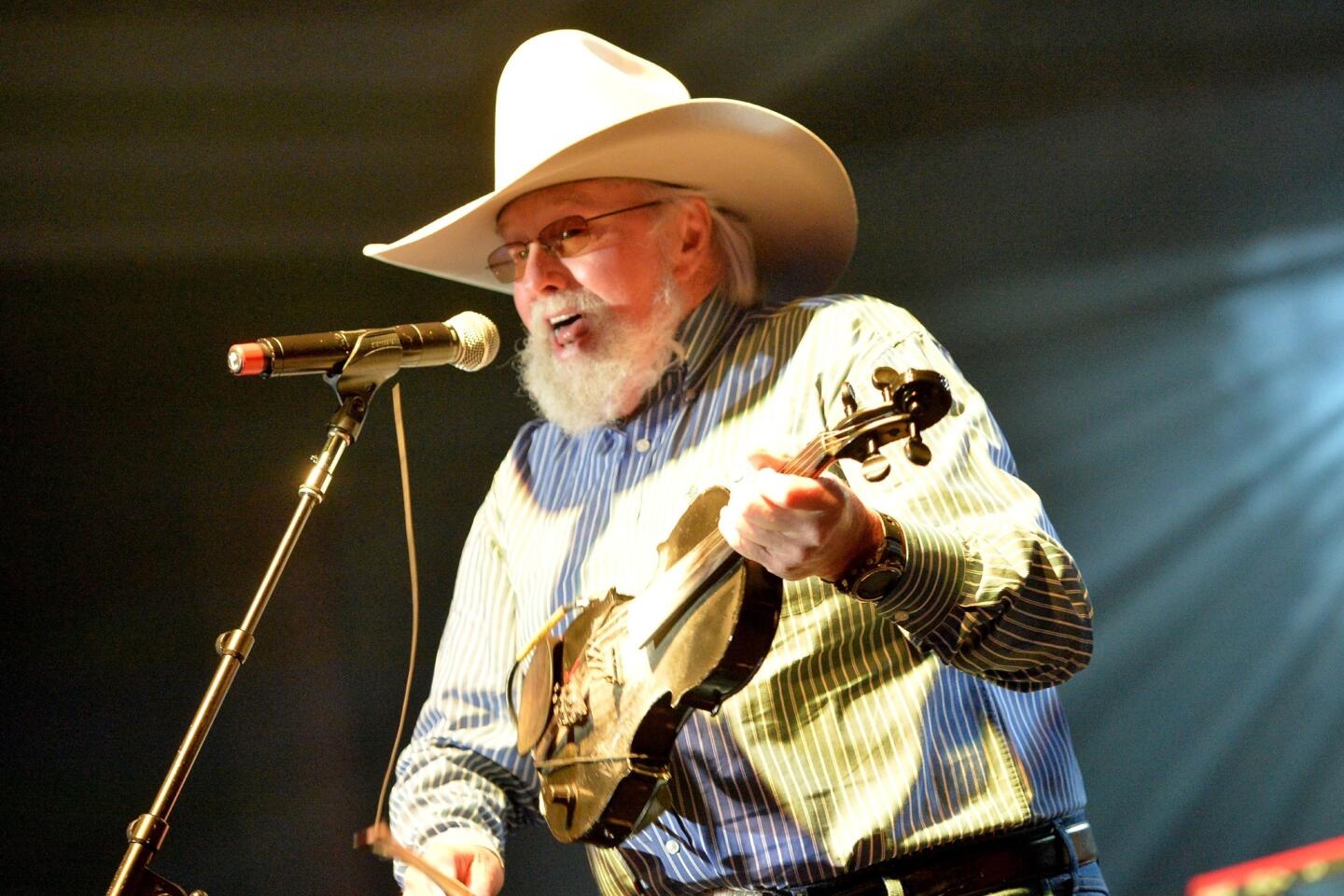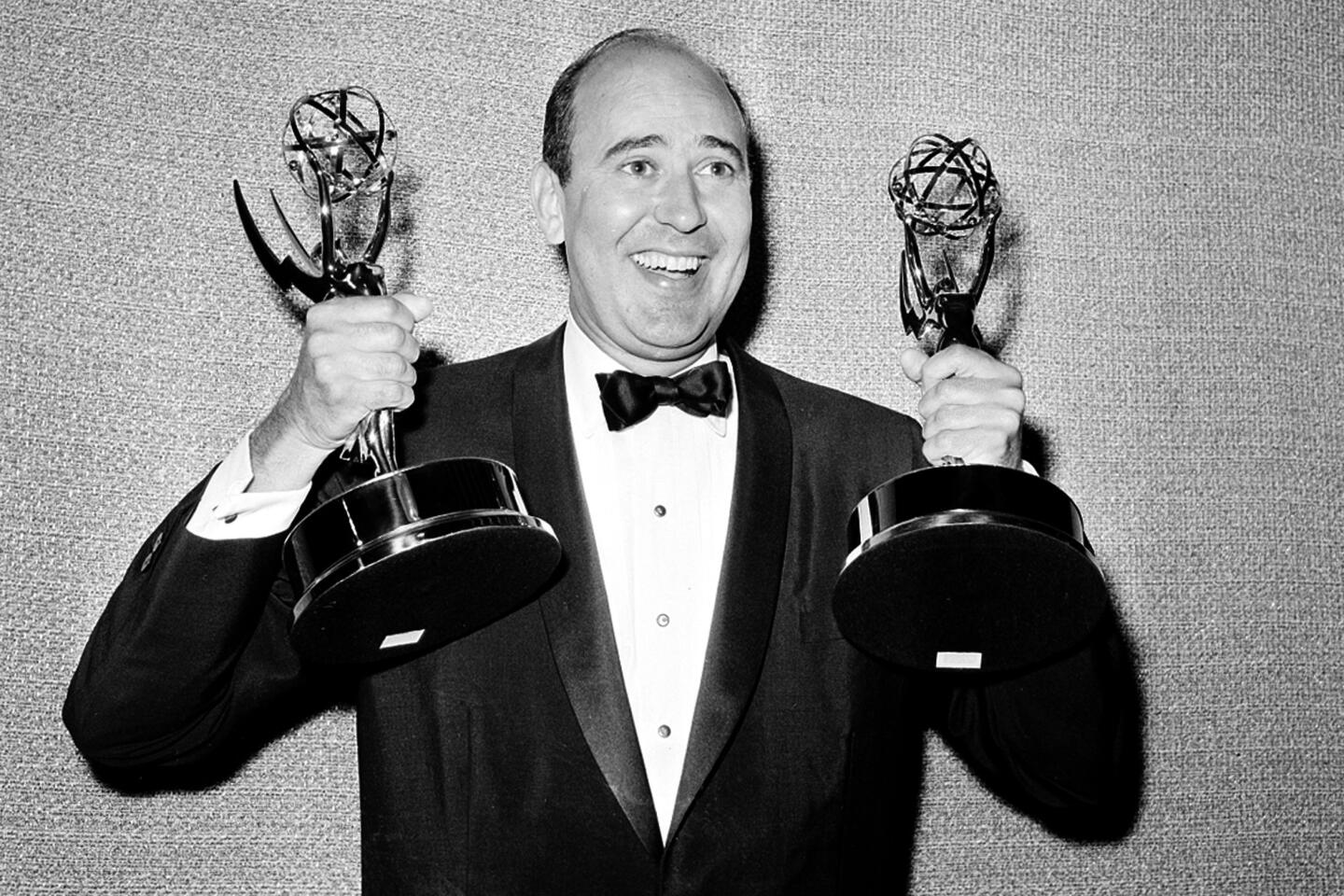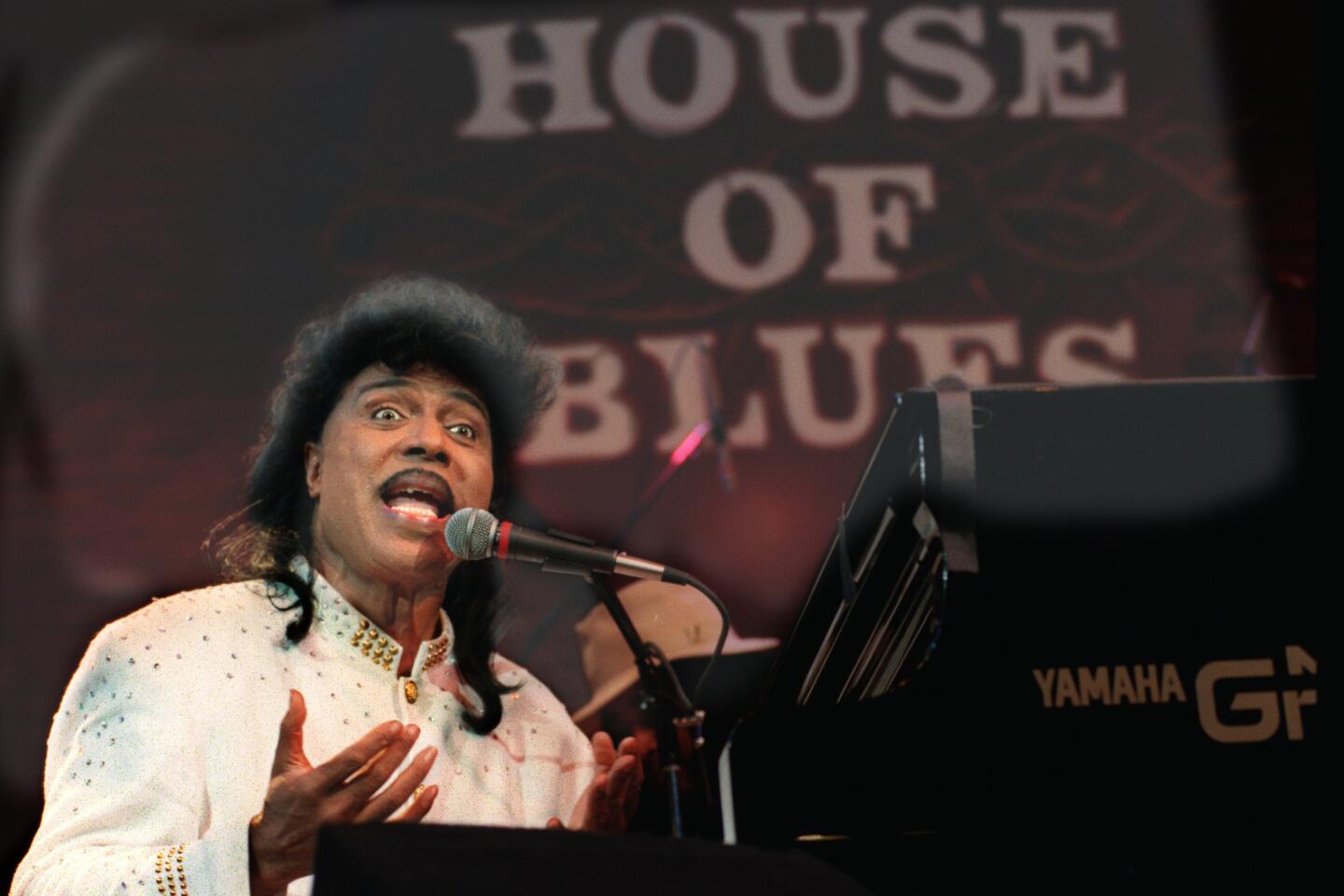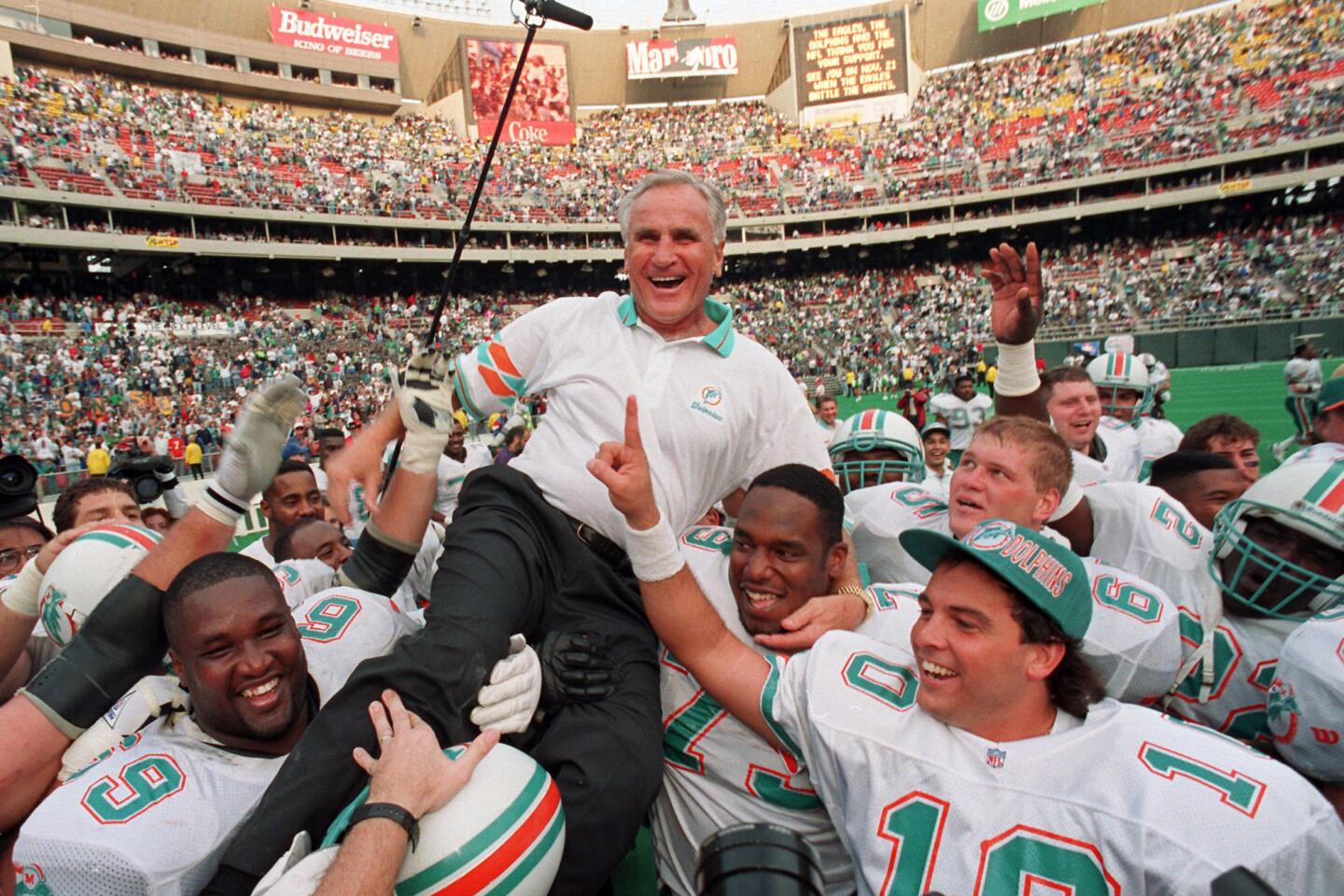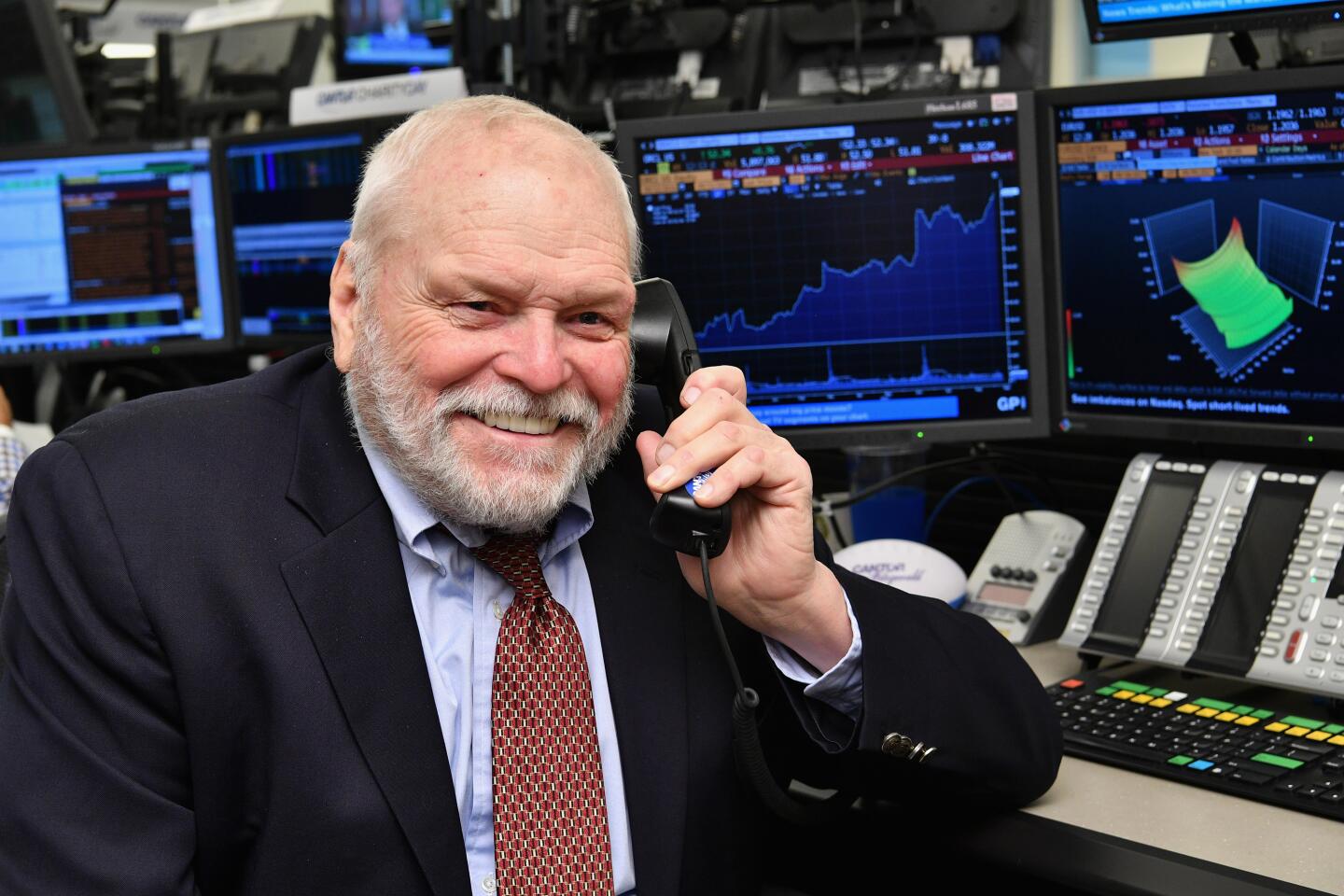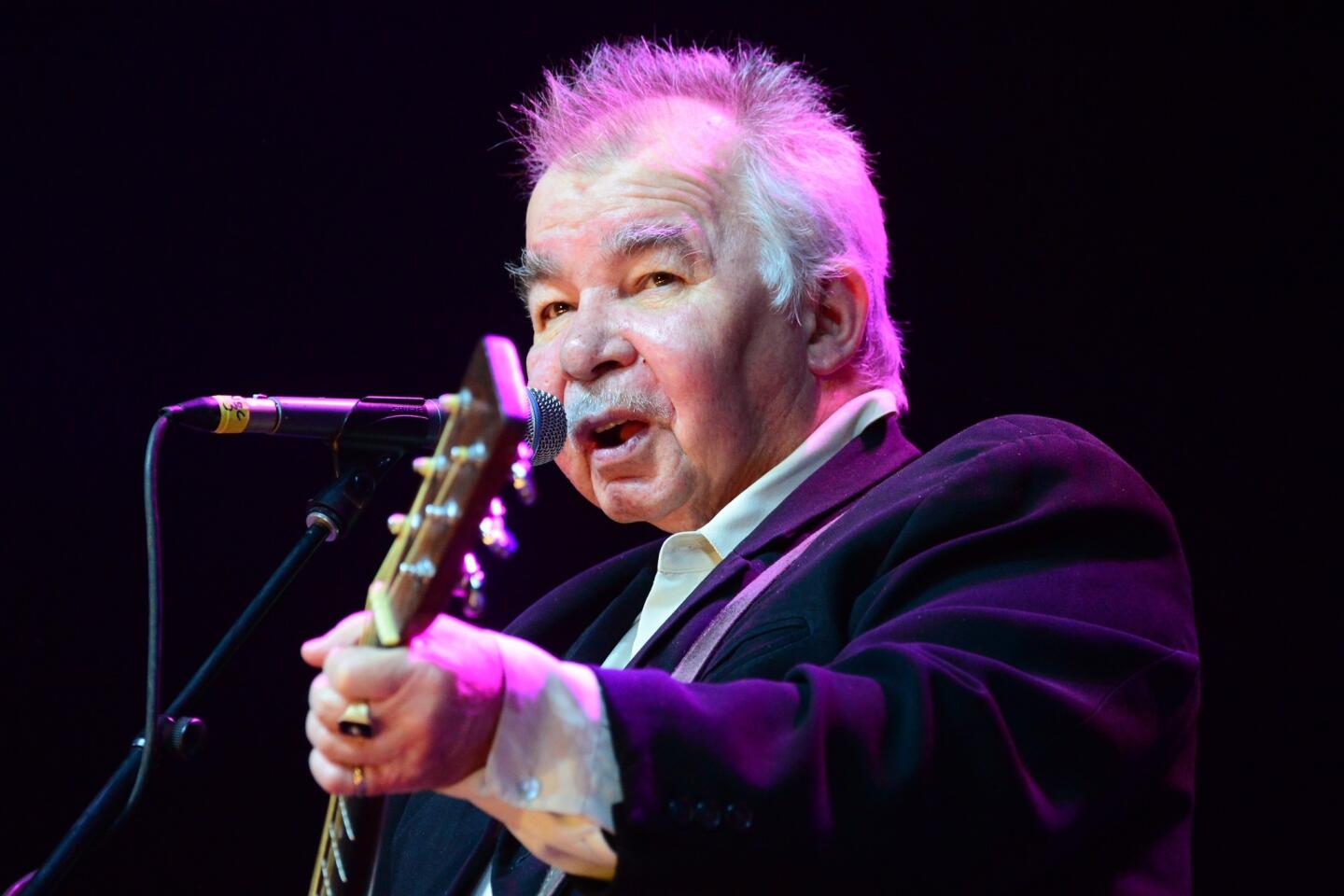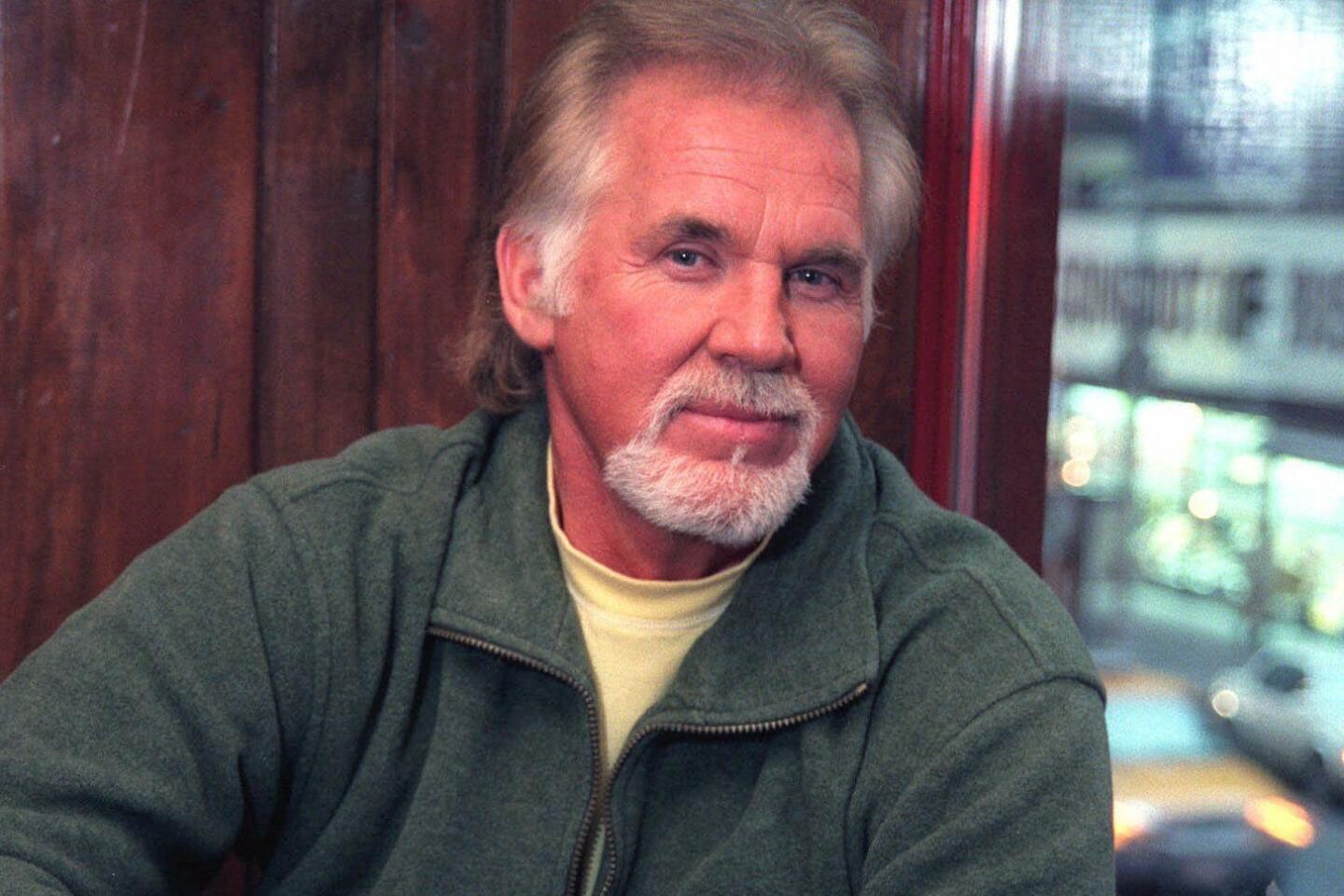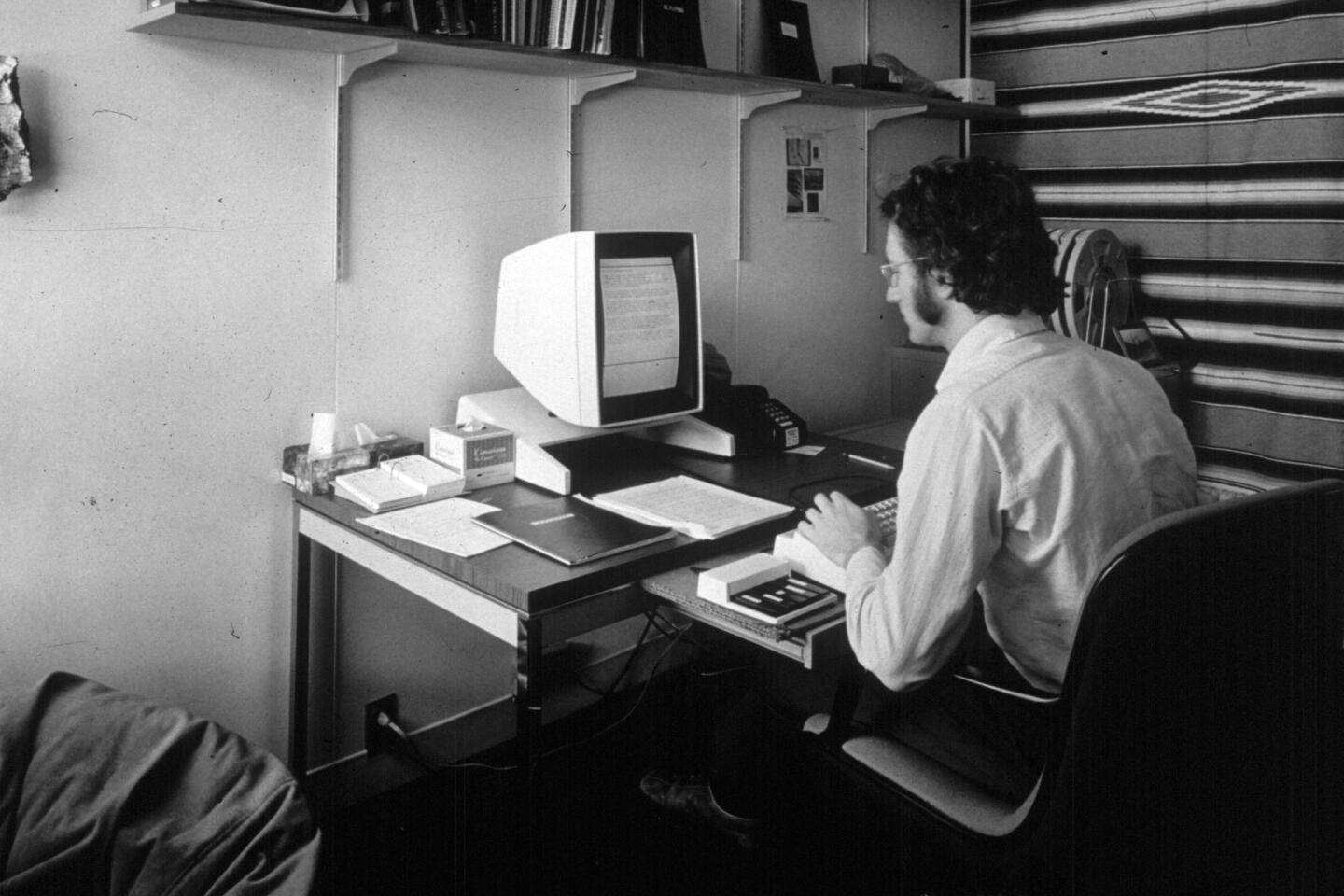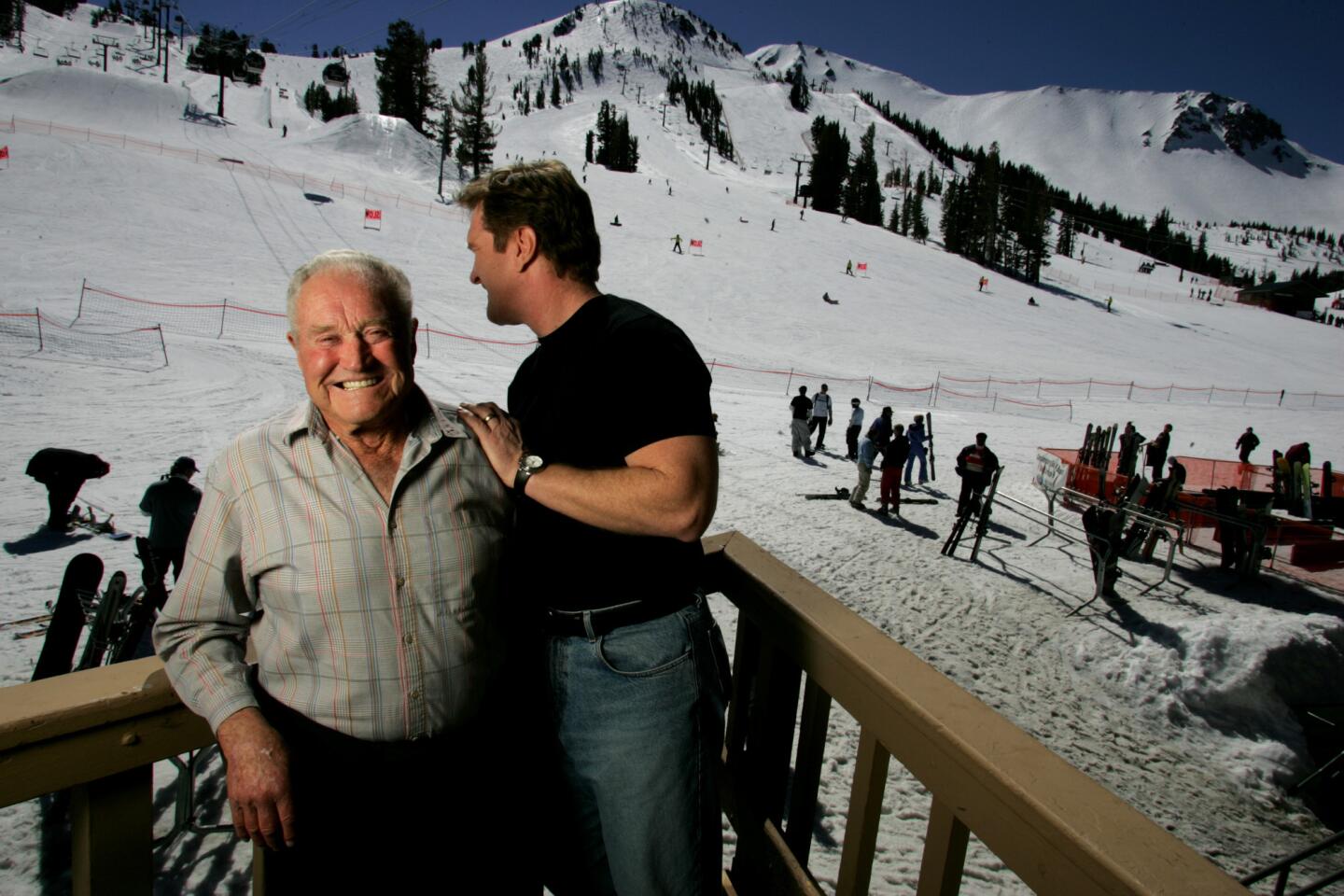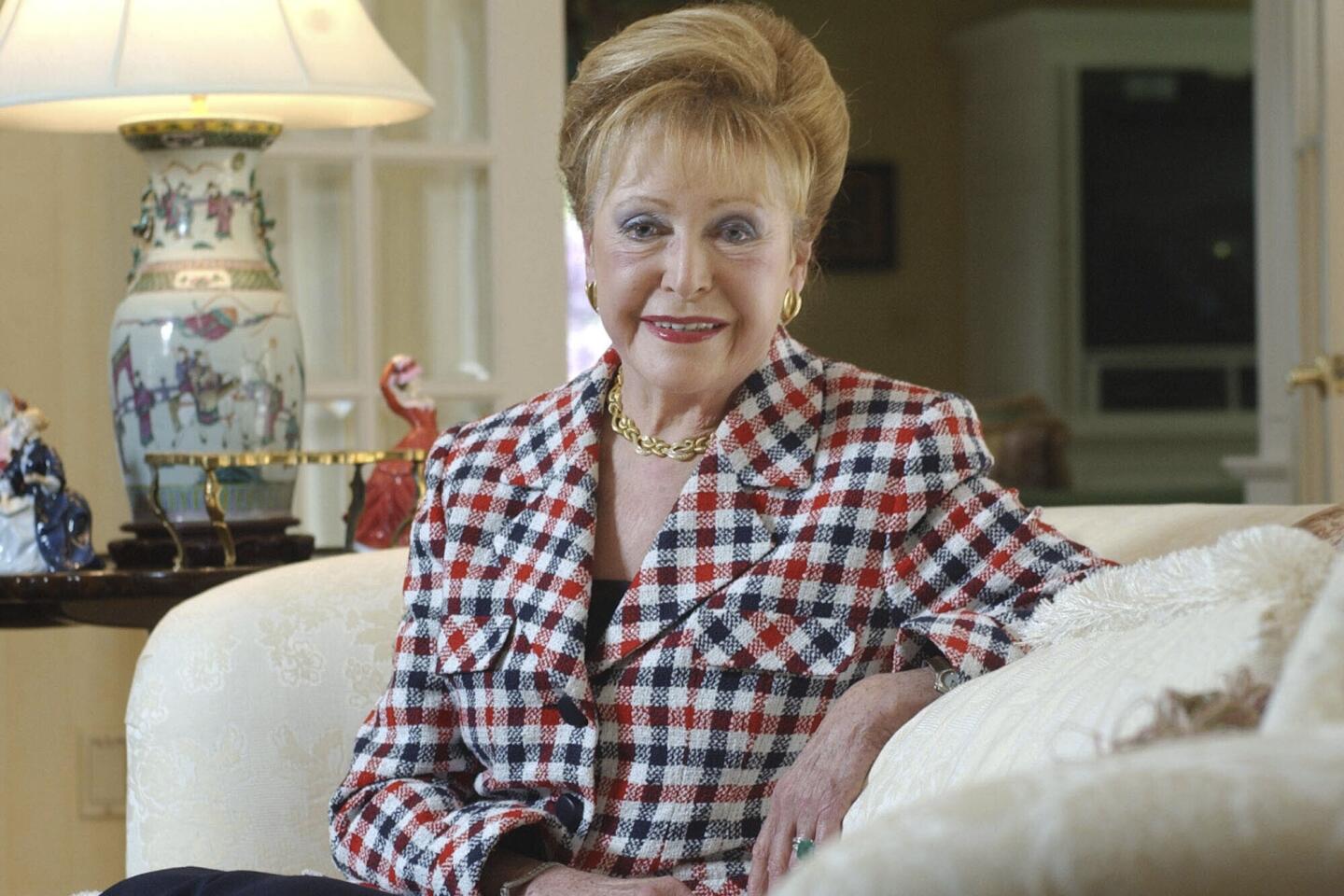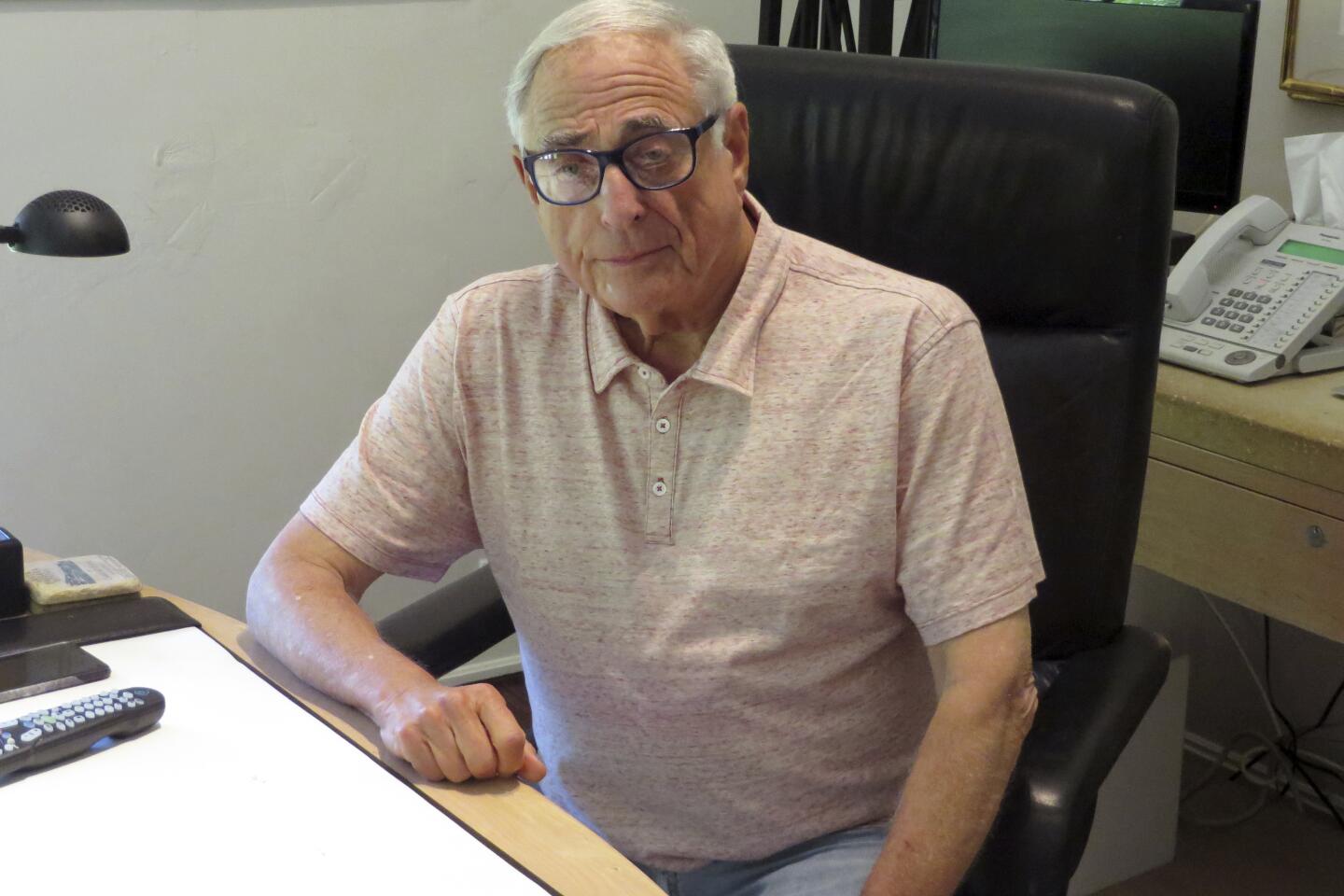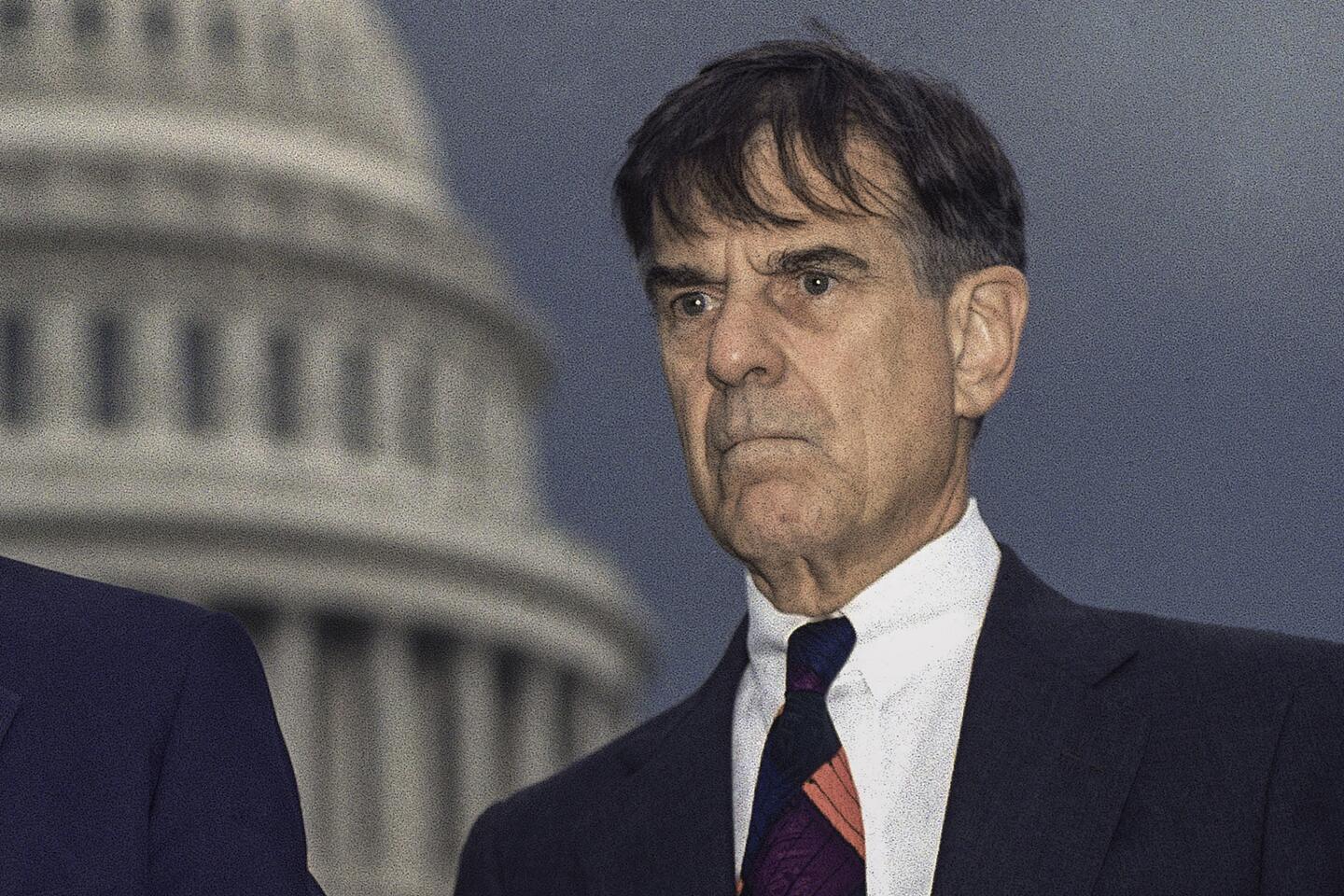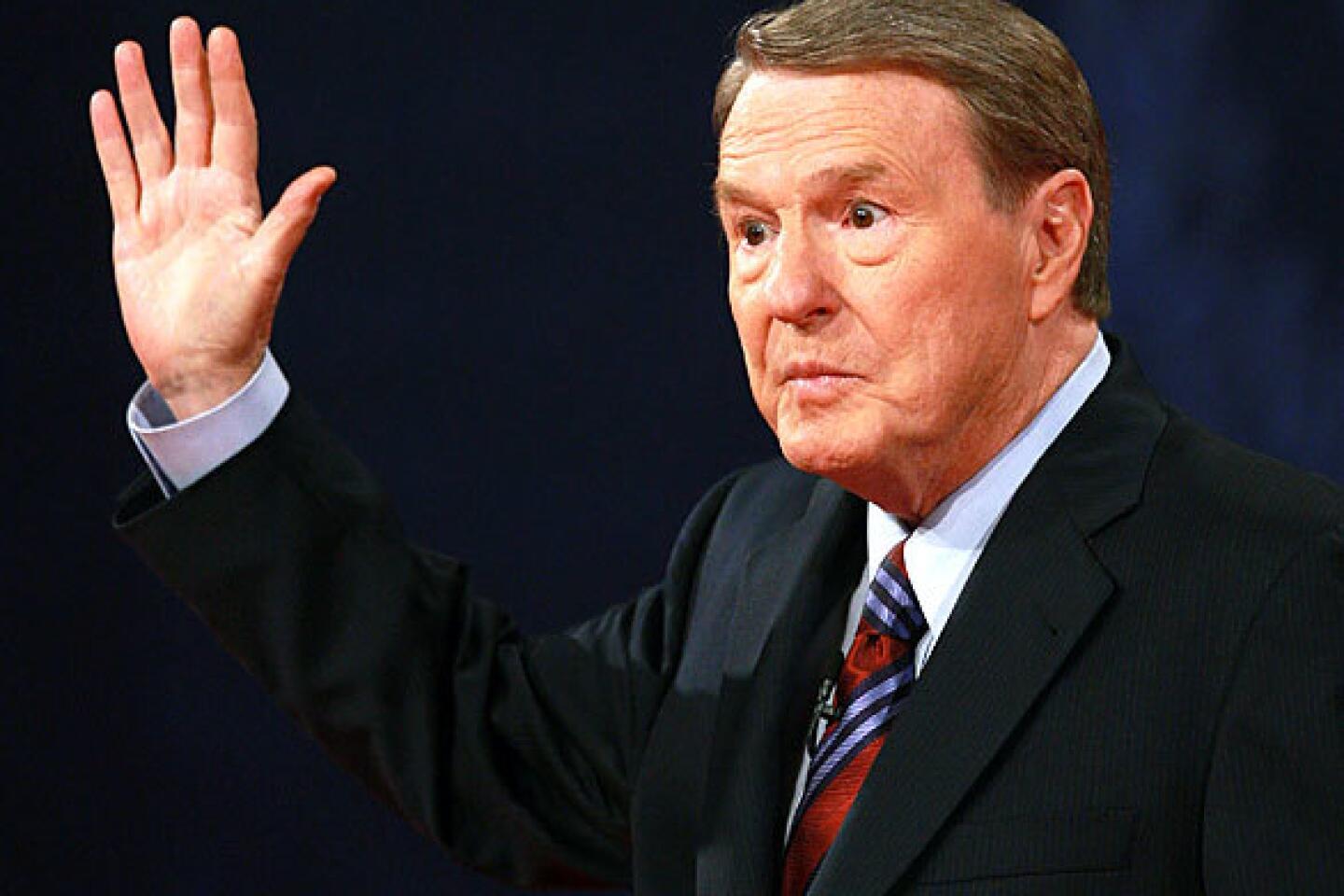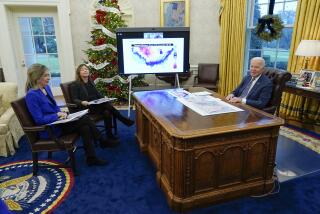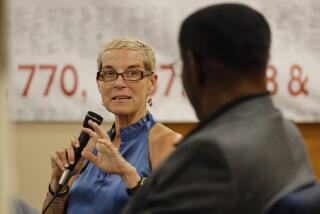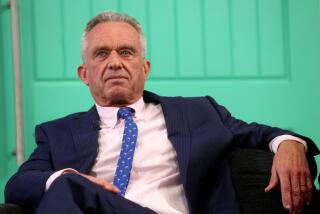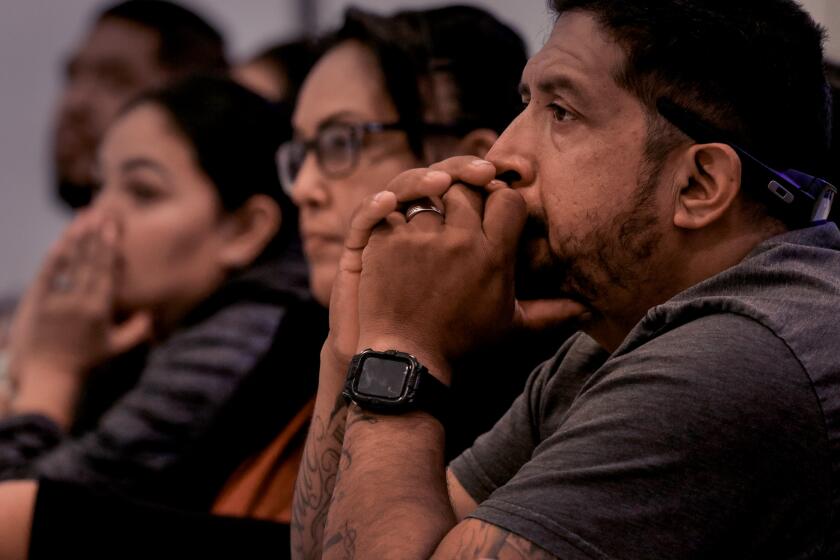When Marion Moses first met Cesar Chavez in Delano in California’s Central Valley, he asked her: “What do you know about pesticides?” She answered: “Practically nothing.”
In time, Moses went on to become the foremost expert on the health of the nation’s 2.5 million agricultural workers beginning in the 1980s. She became an authority on pesticide poisoning of farm laborers, advocated for their healthcare and better working conditions and was leader of the nation’s first medical study on migrant farmworkers in the 1990s.
But Moses was integral to the labor movement in more intimate ways. She was a close friend and the personal physician of labor and civil rights leaders Dorothy Day of the Catholic Worker Movement and Chavez, co-founder of the United Farm Workers union. During Chavez’s first 25-day, water-only public fast in 1968, Moses monitored the stubborn labor leader’s health, even insisting that he allow liquid minerals in his water to prevent organ failure. She took care of him for countless subsequent fasts, including his last in 1988, which lasted 36 days.
Moses was also there at the picket lines and helped direct grape boycotts in Philadelphia and Montreal. In the late 1960s, Chavez sent her to New York to boycott grape shipments to the East Coast and raise money for the perpetually cash-strapped union. Chavez came to trust her with the hardest jobs because “he knew she could handle them,” said her brother Maron Moses.
“Marion was very abrupt, bright and very direct,” he said. “She had a really abrasive personality and said exactly what was on her mind... Her middle initial was a ‘T,’ and no one would ever mistake that for ‘tact.’ ” But those who knew her said she was kind and cared genuinely for others.
Moses died of natural causes on Aug. 28 in San Francisco. She was 84.
It was October 1965 when Moses met Chavez at a meeting in Northern California. A voracious reader and Shakespeare enthusiast, Moses was a student at UC Berkeley studying for a master’s degree in English when she saw a notice on a campus bulletin board: the United Farm Workers union needed medical volunteers.
With a master’s degree in nursing already under her belt, she drove to Delano for a weekend. She stayed five years, working as an organizer, volunteer nurse and healthcare administrator for the UFW. She was paid $5 a week and provided room and board.
“I’m a very pragmatic, task-oriented person,” Moses told The Times in 1984. “I’m not very abstract. I thought: ‘These people are suffering. They’ve got no toilets, no running water.’ I thought I could stay and make a difference.”
In an article she wrote for The Catholic Worker in 1993 following Chavez’s death, Moses said that she left the UFW in 1971 to become a doctor. It was a move inspired by Chavez’s question years before about her knowledge of pesticides. When she returned to work for the union from 1983 to 1986, pesticides were a prominent part of her work.
“Working with the UFW meant extraordinary personal demands and sacrifices, and the need to sustain a high level of commitment over the long term,” she wrote. “The inspiring and the lofty were mixed in with a much greater amount of the tedious and mundane. It was not always easy to adjust or sort it all out, and over the years, many left the union in varying stages of confusion, bewilderment, or turmoil.”
Marion Theresa Moses was born in Wheeling, West Virginia, on Jan. 24, 1936. Her family moved to Charleston, where her mother was a homemaker and her father a food salesman. The couple raised their eight children in a modest Catholic home. When Moses was 7, her baby sister Margaret Rose died of dehydration after suffering from diarrhea.
It devastated Moses. “She knew things like that didn’t need to happen,” said Maron, her brother. But it fueled her drive to become a doctor — a medical path her father deemed unsuitable for a woman.
So to nursing school she went. Moses earned her bachelor’s degree in nursing from Georgetown University in 1957. She was the first in her family to go to college.
She went on to earn a master’s in nursing at Columbia University Teachers College in 1960 and taught at Charleston General School of Nursing before moving to San Francisco. A job as head nurse in the medical and surgical unit at Kaiser Foundation Hospital awaited her.
But it was her work with Chavez and UFW that changed the trajectory of her life. Though Moses once admitted she was unimpressed by Chavez as a speaker, she was drawn to his “strong moral force” and his charisma. Their relationship solidified when Moses and President Kennedy’s physician Janet Travell helped a bedridden Chavez slowly recover from severe back pain.
“She was pretty strong-willed,” recalled Chavez’s son Fernando, who met Moses some 50 years ago when she was a volunteer nurse in Delano. “It was not uncommon for her to have disagreements with my father about how to do and run things, and he respected her for that.” Moses would become the “family doctor” for three generations. When someone fell ill or needed a second medical opinion, they’d call Dr. Moses.
Moses met feminist leader Gloria Steinem in 1968 during a trip to New York for a union fundraiser that included comedian Mort Sahl, the folk trio Peter, Paul and Mary, and others. Steinem learned that Moses was staying in a small dormitory, so she offered her her space. Moses slept on the activist’s couch for several months; they became lifelong friends.
Together they picketed supermarkets, held benefits, organized consumers and even helped get Chavez on the cover of Time magazine, Steinem recalled.
The late ’60s was also when the labor movement was gaining attention outside California. Moses, in many ways, was the bridge between the farmworkers’ union and New York’s intellectual community.
“She was very brave,” Steinem said Thursday. “She was often the only woman doing the kind of work she was doing. She wasn’t herself a farmworker, but she fought fiercely for farmworkers.”
Through her work, she dedicated her life to standing up for and advancing “justice and compassion,” she said.
“The courage and conscience she modeled have influenced the rest of my life,” Steinem said.
Despite the indispensable roles she had within the movement, Moses still dreamed of becoming a doctor.
She returned to Berkeley for a pre-med degree before enrolling at Temple University School of Medicine in Philadelphia. Medical schools were male-dominated spaces in the 1970s, and it was customary for professors to invite bikini-clad models into the first day of anatomy class to examine their physical structures.
“Let’s just say that was the last time that ever happened,” Maron said. “She went into the dean’s office and said: ‘I did not go into the medical field to watch a striptease.’”
From 1983 to 1986, Moses worked as medical director for the UFW in California, where she helped discover cancer clusters in small farm towns like McFarland, outside Bakersfield.
“Her commitment to farmworkers was way beyond professional,” said Monica Moore, co-founder of the Pesticide Action Network who worked with Moses in the late 1980s. Together they launched a survey to analyze what farmworkers knew about the pesticides they worked with. “For her, the work she did was personal, spiritual. Her passion ran deep and very, very long.
“She just wanted to make sure that people’s lives were considered.”
In 1988, Moses founded the Pesticide Education Center in San Francisco. She served as director until her retirement in 2016, following years of advocacy, research projects, testifying at congressional hearings and more.
Despite her accomplishments and consequential roles in the farmworkers’ movement, Moses felt it wasn’t enough.
1/25
Kobe Bryant, Ruth Bader Ginsburg, Sean Connery and more. (Los Angeles Times)
2/25
Rafer Johnson, winner of the 1960 Olympic decathlon gold medal, was a man whose legacy was interwoven with Los Angeles history, beginning with his performances as a world-class athlete at UCLA and punctuated by the night in 1968 when he helped disarm Robert F. Kennedy’s assassin at the Ambassador Hotel. Johnson lit the Olympic flame at the opening of the 1984 Summer Games in Los Angeles. He was 86.
(Mel Melcon / Los Angeles Times) 3/25
With his quick wit and easy smile,
Alex Trebek drove the game show “Jeopardy!” up the ratings charts and became a welcome television host in America’s living rooms. As the quiz show rolled through the decades, Trebek remained a comfortable fit — in a 2014 Reader’s Digest poll, Trebek ranked as the eighth-most trusted person in the United States, right behind Bill Gates and 51 spots above Oprah Winfrey. He was 80.
(Los Angeles Times) 4/25
Guitarist Eddie Van Halen’s speed and innovations along the fretboard inspired a generation of imitators as the band bearing his name rose to MTV stardom and multiplatinum sales over 10 consecutive albums. The streak made Van Halen one of the most successful bands in rock history, including two albums that reached diamond status (10 million copies sold): 1978’s debut “Van Halen” and 1984’s “1984.” He was 65.
(Wibbitz/Getty) 5/25
Justice Ruth Bader Ginsburg championed women’s rights — first as a trailblazing civil rights attorney who methodically chipped away at discriminatory practices, then as the second woman to serve on the Supreme Court, and finally as an unlikely pop culture icon. A feminist hero dubbed Notorious RBG, Ginsburg became the leading voice of the court’s liberal wing, best known for her stinging dissents on a bench that mostly skewed right since her 1993 appointment. She was 87.
(Kiichiro Sato / Associated Press) 6/25
Chadwick Boseman’s breakout role was playing Dodger Jackie Robinson in the 2013 sports biopic “42.” The next year, he made an electrifying lead turn as James Brown, the Godfather of Soul, in “Get on Up.” Then came the role that would change his career: As
Black Panther, the Marvel Cinematic Universe’s first Black superhero, Boseman became the face of Wakanda to millions of fans around the world and helped usher in a new and inclusive era of superhero blockbusters. He was 43.
(Jay L. Clendenin / Los Angeles Times) 7/25
Sumner Redstone outmaneuvered rivals to assemble one of America’s leading entertainment companies, now called ViacomCBS, which boasts CBS, Comedy Central, MTV, Nickelodeon, BET, Showtime, the Simon & Schuster book publisher and Paramount Pictures movie studio. Unlike contemporaries Rupert Murdoch and Ted Turner, Redstone was not a visionary, but rather a hard-charging lawyer and deal maker who pursued power and wealth through the accumulation of content companies. He was 97.
(Brian Vander Brug / Los Angeles Times) 8/25
Regis Philbin reigned for decades as the comfortable and sometimes cantankerous morning host of “Live,” first with Kathie Lee Gifford and later Kelly Ripa, above. He earned Emmy nominations by the armful, hosted New Year’s Eve specials, rode in parades, set a record for the most face-time hours on television and helped reinvigorate prime-time game shows with “Who Wants to Be a Millionaire.” He was 88.
(Charles Sykes / Associated Press) 9/25
Rep. John Lewis famously shed his blood at the foot of a Selma, Ala., bridge in a 1965 demonstration for Black voting rights, and went on to become a 17-term Democratic member of Congress. An inspirational figure for decades, Lewis was one of the last survivors among members of the Rev. Martin Luther King Jr.’s inner circle. He was 80.
(Mark Humphrey / Associated Press) 10/25
Country music firebrand and fiddler Charlie Daniels started out as a session musician, which included playing on Bob Dylan’s 1969 album “Nashville Skyline,” and beginning in the early 1970s toured endlessly with his own band, sometimes doing 250 shows a year. In 1979, Daniels had a crossover smash with “The Devil Went Down to Georgia,” which topped the country chart, hit No. 3 on the pop chart and was voted single of the year by the Country Music Assn. He was 83.
(Rick Diamond / Getty Images for IEBA) 11/25
Carl Reiner first came to national attention in the 1950s on Sid Caesar’s “Your Show of Shows,” where he wrote alongside Mel Brooks, Neil Simon and other comedy legends. He later created “The Dick Van Dyke Show,” one of TV’s most fondly remembered sitcoms, and directed hit films including “The Comic” (1969), starring Van Dyke; “Where’s Poppa?” (1970), starring George Segal and Ruth Gordon; “Oh, God!” starring George Burns and John Denver; and four films starring Steve Martin. He was 98.
(Associated Press ) 12/25
The flamboyant, piano-pounding Little Richard roared into the rock ‘n’ roll spotlight in the 1950s with hits such as “Tutti-Frutti,” “Long Tall Sally” and “Good Golly, Miss Molly.” The Georgia native’s raucous sound fused gospel
fervor and R&B sexuality, profoundly influencing the Beatles, James Brown (who succeeded him in one of his early bands), Jimi Hendrix (one of his backup musicians in the mid-’60s) and Bruce Springsteen. He was 87.
(Boris Yaro / Los Angeles Times) 13/25
Don Shula was the NFL’s winningest coach, leading the 1972 Miami Dolphins to the league’s only undefeated season. He coached the Baltimore Colts to one Super Bowl and the Dolphins to five, winning Lombardi Trophies after the 1972 and ’73 seasons. He was 90.
(ASSOCIATED PRESS) 14/25
Former Egyptian
President Hosni Mubarak crushed dissent for decades until the 2011 Arab Spring movement drove him from power. During his presidency, which spanned nearly 30 years, he protected Egypt’s stability as intifadas roiled Israel and the Palestinian territories, the U.S. led two wars against Iraq, Iran fomented militant Shiite Islam across the region and global terrorism complicated the divide between East and West. He was 91.
(Sameh Sherif / AFP/Getty Images) 15/25
Among his 40-odd films,
burly Brian Dennehy played a sheriff who jailed Rambo in “First Blood,” a serial killer in “To Catch a Killer” and a corrupt sheriff in “Silverado.” On Broadway, he was awarded Tonys for his roles in “Death of a Salesman” (1999) and “Long Day’s Journey Into Night” (2003). He was 81.
(Dia Dipasupil) 16/25
Singer-songwriter John Prine broke onto the folk scene in 1971 with a self-titled album that included two songs brought to broader audiences by Bette Midler and Bonnie Raitt: “Hello in There” and “Angel From Montgomery,” respectively. In 2019, he was elected to the Songwriters Hall of Fame. He was 73.
(Frazer Harrison / Getty Images for Stagecoach) 17/25
Country singer Kenny Rogers racked up an impressive string of hits — initially as a member of The First Edition starting in the late 1960s and later as a solo artist and duet partner with Dolly Parton — and earned three Grammy Awards, 19 nominations and a slew of accolades from country-music awards shows. Country purists balked at his syrupy ballads, but his fans packed arenas that only the titans of rock could fill. He was 81.
(Suzanne Mapes / Associated Press) 18/25
Xerox researcher Larry Tesler pioneered concepts that made computers more user-friendly, including moving text through cut, copy and paste. In 1980, he joined Apple, where he worked on the Lisa computer, the Newton personal digital assistant and the Macintosh. He was 74.
(AP) 19/25
Ski industry pioneer Dave McCoy transformed a remote Sierra peak into the storied Mammoth Mountain Ski Area. Over six decades, it grew from a downhill depot for friends to a profitable operation of 3,000 workers and 4,000 acres of ski trails and lifts, a mecca for generations of skiers and boarders. He was 104. (Genaro Molina / Los Angeles Times)
20/25
Screen icon
Kirk Douglas brought a clenched-jawed intensity to an array of heroes and heels, receiving Oscar nominations for his performances as an opportunistic movie mogul in the 1952 drama “The Bad and the Beautiful” and as Vincent van Gogh in the 1956 drama “Lust for Life.” As executive producer of “Spartacus,” Douglas helped end the Hollywood blacklist by giving writer Dalton Trumbo screen credit under his own name. He was 103.
(Annie Wells / Los Angeles Times) 21/25
“Queen of Suspense”
Mary Higgins Clark became a perennial best-seller, writing or co-writing “A Stranger Is Watching,” “Daddy’s Little Girl” and more than 50 other favorites. Her sales topped 100 million copies, and many of her books, including “A Stranger is Watching” and “Lucky Day,” were adapted for movies and television. She was 92.
(Associated Press) 22/25
Fred Silverman was the head of programming at CBS, where he championed a string of hits including “The Mary Tyler Moore Show,” “All in the Family,” “MASH” and “The Jeffersons.” Later at ABC, he programmed “Laverne & Shirley,” “The Love Boat,” “Happy Days” and the 12-hour epic saga “Roots.” He was 82.
(Associated Press) 23/25
Former California
Rep. Fortney “Pete” Stark Jr. represented the East Bay in Congress for 40 years. The influential Democrat helped craft the Affordable Care Act, the signature healthcare achievement of the Obama administration, and also created the 1986 law best known as COBRA, which allows workers to stay on their employer’s health insurance plan after they leave a job. He was 88.
(Associated Press) 24/25
News anchor
Jim Lehrer appeared 12 times as a presidential debate moderator and helped build “PBS NewsHour” into an authoritative voice of public broadcasting. The program, first called “The Robert MacNeil Report” and then “The MacNeil-Lehrer Report,” became the nation’s first one-hour TV news broadcast in 1983. Lehrer was 85.
(David McNew / Getty Images) 25/25
Terry Jones was a founding member of the Monty Python troupe who wrote and performed for their early ’70s TV series and films including “Monty Python and the Holy Grail” in 1975 and “Monty Python’s Life of Brian” in 1979. After the Pythons largely disbanded in the 1980s, Jones wrote books on medieval and ancient history, presented documentaries, wrote poetry and directed films. He was 77.
(Associated Press) “I think she’s sorry she didn’t do more,” Maron said. “She was really concerned with farmworkers, with the use of pesticides, knowing how devastating it was to their health.”
Moses never married or had children, but she had “lots of kids,” she once said. She considered the farmworkers her family.
“The way I look at it, there are all these wonderful things that people could do to help other people, and if they did, they’d feel a whole lot better about themselves,” she told The Times.
When she returned to UFW as a newly minted doctor, Chavez asked Moses how long she planned to stay.
She replied: “As long as it takes.”
Moses is survived by five siblings, Marcella, Martha, Maron, Martin and Marlene.
